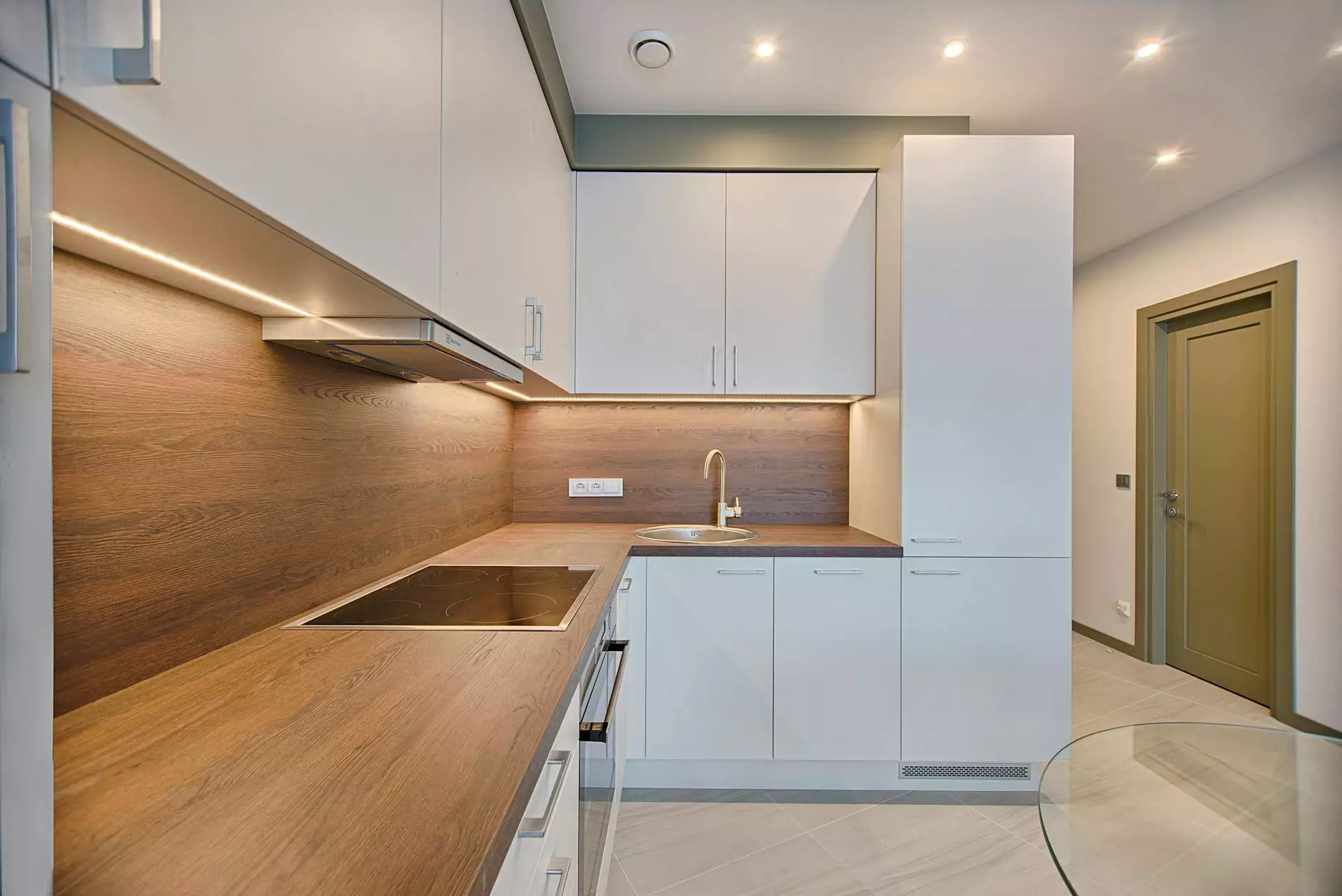Unleashing the Power of Storyboards in Graphic and Web Design

Understanding the Concept of Storyboarding
In the creative world of graphic design and web design, one crucial element that can significantly enhance the planning and execution of visual projects is the storyboard. This strategic tool allows designers to visualize their ideas, ensuring that every element serves a purpose and fits cohesively within the overall narrative.
A storyboard is essentially a series of illustrations or images displayed in sequence for the purpose of pre-visualizing a motion picture, animation, or interactive media. By laying out the elements of a design in sequence, designers can explore the flow of their concepts and identify potential areas for improvement before any actual design work begins.
The Importance of Storyboarding in Design
When embarking on a new graphic or web design project, integrating the concept of a storyboard can help guide the project in various beneficial ways:
- Visual Clarity: A storyboard provides a clear visual roadmap for the project, allowing all team members to see the overarching concepts and themes at play.
- Enhanced Communication: By using a storyboard, designers can communicate their visions more effectively with clients and collaborators, ensuring everyone is on the same page and reducing the risk of misunderstandings.
- Streamlined Workflow: A well-structured storyboard can lead to a smoother workflow, as designers will have a definitive guide to follow, minimizing unnecessary revisions and reworks.
- Focus on User Experience: In web design, storyboarding helps in organizing user pathways and interactions, ensuring that the end product meets user needs effectively.
Steps to Create an Effective Storyboard
Creating a storyboard doesn't have to be an arduous task. Here’s a straightforward process to help you design a compelling storyboard for your next graphic or web design project:
- Define Your Purpose: Before you start sketching, clarify the goal of your design project. What story are you trying to tell?
- Gather Your Ideas: Brainstorm concepts, themes, and elements that will be part of the design. Consider your audience and what resonates with them.
- Sketch Out Your Ideas: Start creating sketches of key frames that represent the flow of your design. These can be simple line drawings or detailed illustrations, depending on your preference.
- Add Descriptions: Accompany each sketch with notes that describe actions, transitions, and any relevant text to provide context.
- Review and Revise: Go through your storyboard with your team or stakeholders, gather feedback, and make necessary adjustments to improve clarity and effectiveness.
Best Practices for Storyboarding in Graphic and Web Design
While creating a storyboard, it’s essential to adhere to some best practices to maximize its effectiveness:
- Keep It Simple: Your storyboard should be easy to understand at a glance. Avoid clutter and complex illustrations.
- Focus on Key Moments: Highlight the most critical moments of your design, ensuring that the most impactful elements are well represented.
- Be Flexible: Allow for changes during the design process. A storyboard is a living document that should evolve as new ideas and feedback arise.
- Use Consistent Visual Language: Whether you’re using colors, icons, or typography, maintain a consistent visual language throughout your storyboard to create a cohesive narrative.
How Krock.io Implemented Storyboarding in Their Projects
At Krock.io, we recognize the power of storyboards as a foundational element in our design process. Our approach involves integrating storyboarding across our graphic design and web design projects, allowing us to deliver compelling, user-focused designs.
For instance, during a recent project for a client in the e-commerce sector, we used a storyboard to outline the customer's journey from landing on the site to completing a purchase. This allowed us to visualize key interactions and optimize each step to enhance user engagement and increase conversions.
Tools for Storyboarding
While traditional paper and pencil can be effective for storyboarding, various digital tools can streamline the process and enhance collaboration among teams. Here are some popular tools:
- Adobe Photoshop: A versatile tool that allows for detailed visual sketches.
- Storyboard That: An online tool specifically for creating storyboards, offering templates and drag-and-drop functionality.
- Milanote: A visual workspace for creative projects that makes organization and brainstorming a breeze.
- Figma: A collaborative interface design tool that can also be used for creating interactive storyboards.
Success Stories: The Impact of Effective Storyboarding
Many successful brands owe part of their achievements to meticulous storyboarding. Here are a couple of case studies highlighting the power of this technique:
1. Apple
Apple’s commitment to design excellence is well known. Their work on product launches often begins with thorough storyboarding to map out the user experience, ensuring that every detail resonates with their audience.
2. Airbnb
Airbnb utilized storyboarding during the redesign of their website. They focused on user flow to identify pain points and enhance the overall user experience. The result was a user-friendly site that significantly improved booking rates.
Conclusion: Embrace Storyboarding for Design Success
The use of a storyboard in graphic design and web design is not just a methodological step; it’s a visionary tool that enables designers to bring clarity and focus to their projects. By investing time in developing an effective storyboard, designers can create more cohesive, engaging, and successful design solutions.
At Krock.io, we advocate for the integration of storyboards in our design process, which ultimately enhances our artists' achievements and client satisfaction. Embrace storyboarding, and watch your creative potential unfold.
© 2023 Krock.io. All rights reserved.
story board








